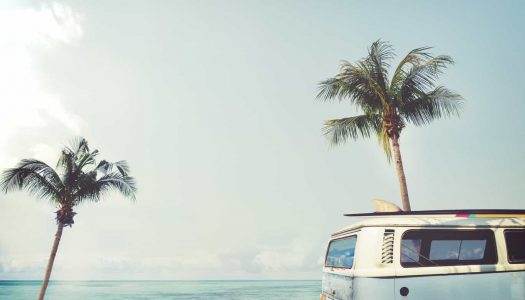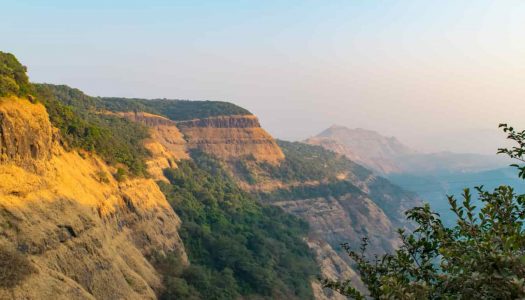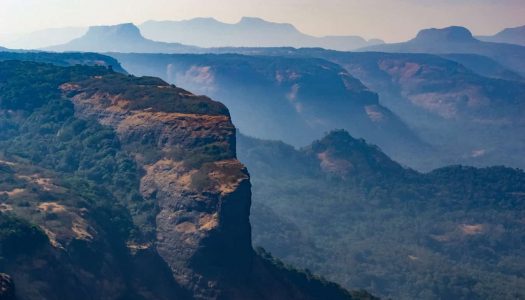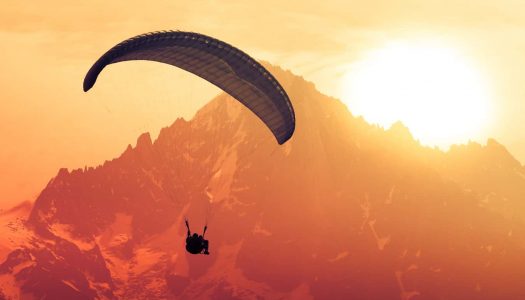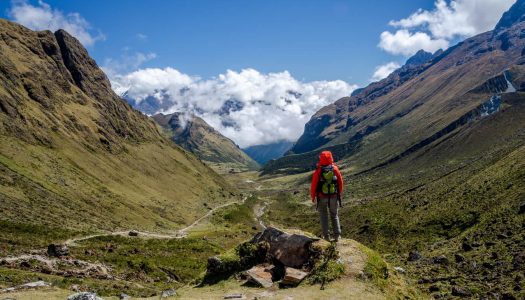The City of Dreams welcomes people not only from nearby cities and towns but also from international locations. As Mumbai offers multiple opportunities for growth and career development, it is flooded with commuters. All Mumbaikars know is changing trains, waiting for the train and watching the indicator on stations. Amidst the hustle and bustle, Mumbai Metro plays a crucial role in efficiently developing the railway routes.
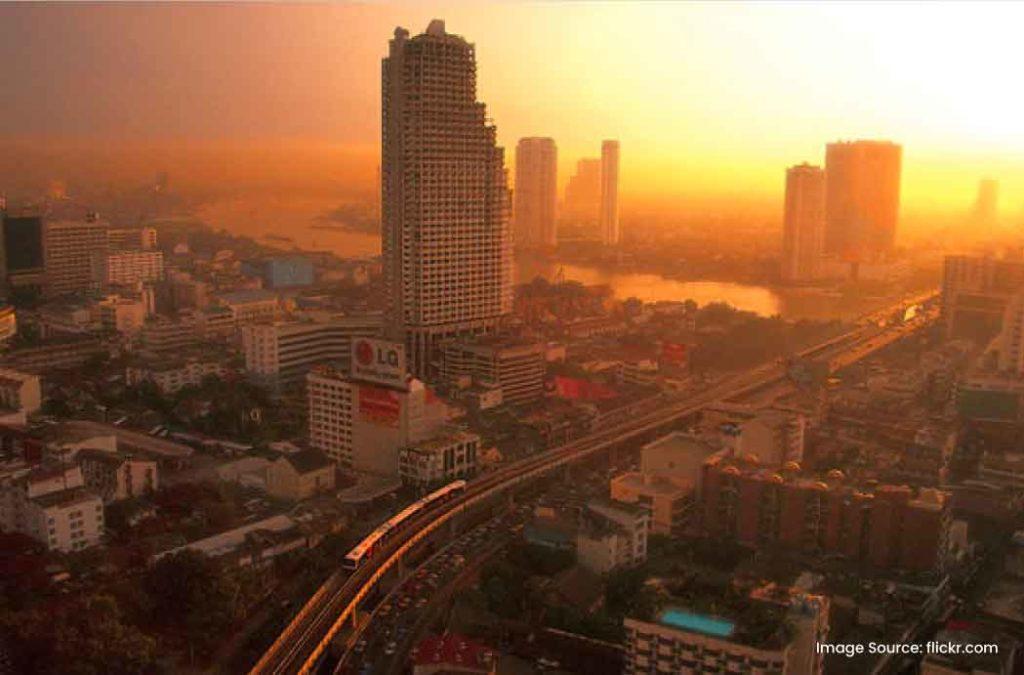
Mumbai Metro is a relief for hundreds of commuters travelling from different parts of the city. A lot of commuters have to change at least two trains to reach their office or place of work. It is the growing population and demand for an efficient transportation network that makes Mumbai Metro a top choice for travellers.
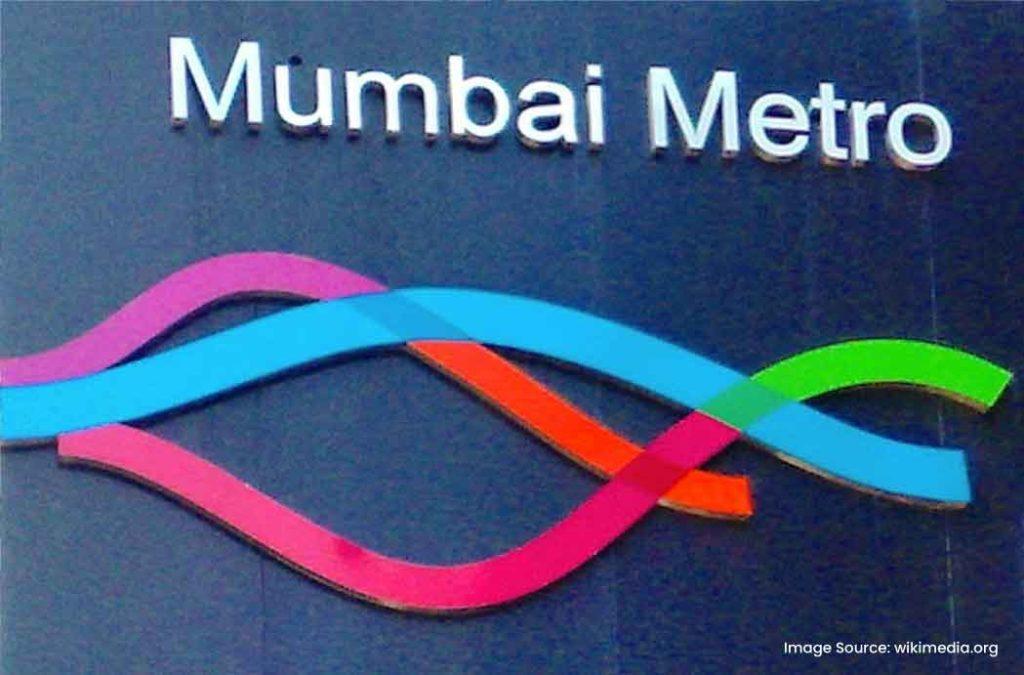
The aim of Mumbai Metro is to reduce the traffic congestion in the city and facilitate travellers with an ideal mode of transport. Mumbai Metro is owned by Mumbai Metro One Private Limited, Mumbai Metropolitan Region Development Authority and Mumbai Metro Rail Corporation. The metro network is developed in three phases and is expected to be completed by October 2026. With a span of 15 years, it is expected to be one of the longest operational metro rails in the country.
Now that you are in Mumbai, do visit the iconic Gateway of India which preserves the colonial past of the country.
Book Budget Hotels in Mumbai
Key Milestones for Mumbai Metro
What you see today is many years of effort and struggles! Mumbai metro is one of the most efficient transportation modes. However, you must look at the key milestones to understand its significance.
- June 2006: The foundation stone for the first phase of the Mumbai Metro project was laid by Prime Minister Manmohan Singh.
- February 2008: Construction work began for the exciting rail project.
- Mid-2011: The extension of the Colaba-Bandra-SEEPZ metro line was proposed.
- February 2012: It was time for the show as the Union Government gave in-principle approval for the Line 3 plan.
- July 2012: More metro lines were introduced including the Western Express Highway from Bandra to Dahisar.
- May 2013: A trial run was done to ensure the efficiency and safety of metro rail in the city.
- June 2014: The very first metro line began its operations.
- July 2015: The proposal was sent for two new lines including Andheri West to Dahisar West and a line from BKC to Mankhurd.
Stations and Key Interchanges
- Line 1: Blue Line
- Route: Versova – Andheri – Ghatkopar
- Length: 11.4 kilometres
- Number of Stations: 12 station
Blue Line Stations: Versova, D.N. Nagar, Azad Nagar Andheri, Western Express Highway (WEH), Chakala, Airport Road, Marol Naka, Saki Naka, Asalpha, Jagruti Nagar and Ghatkopar.
- Line 2A: Yellow Line
- Route: Dahisar East to – D.N. Nagar
- Length: 18 kilometres
- Number of Stations: 17
Yellow Line Stations: Dahisar East, Upper Dahisar Station (Anand Nagar), Kandarpada (Rushi Sankul), Mandapeshwar (IC Colony), Eksar, Borivali West (Don Bosco), Pahadi Eksar (Shimpoli), Kandivali West (Mahavir Nagar), Dahanukarwadi (Kamraj Nagar), Valnai (Charkop), Malad West, Lower Malad (Kasturi Park), Pahadi Goregaon (Bangur Nagar), Goregaon West, Oshiwara (Adarsh Nagar), Lower Oshiwara (Shastri Nagar) and Andheri West (D.N. Nagar).
- Line 7: Red Line
- Route: Dahisar East – Gundavali
- Length: 16.49 kilometres
- Number of Stations: 14
Red Line Stations: Dahisar East, Ovaripada, National Park, Devipada, Magathane, Poisar (formerly Mahindra & Mahindra), Akurli (formerly Bandongri), Kurar (formerly Pushpa Park), Dindoshi (formerly Pathanwadi), Aarey, Goregaon E (formerly Mahanand), Jogeshwari E (formerly JVLR Junction), Shankarwadi and Gundavali (formerly Andheri East).
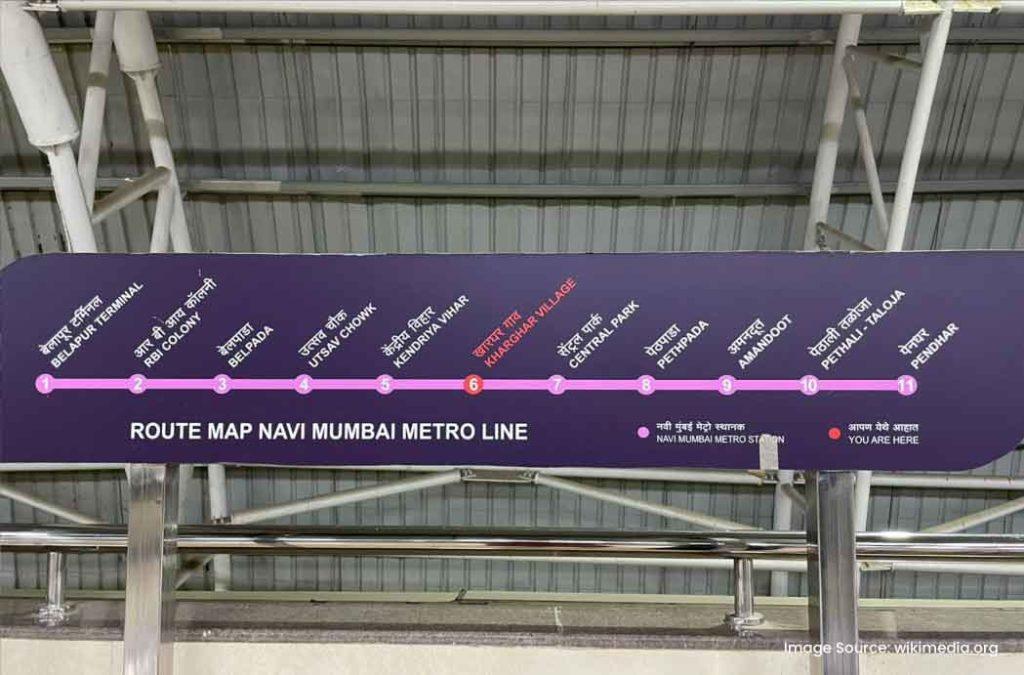
- D.N. Nagar is the interchange ground which connects Line 1 (Blue Line) and Line 2A (Yellow Line).
- Gundavali is another interchange ground connecting Line 1 (Blue Line) to Line 7 (Red Line).
- Dahisar East is the third interchange ground that connects Line 2A (Yellow Line) and Line 7 (Red Line).
Modern Features and Facilities for a Hassle-Free Journey
1. Ticket Counters
All Mumbai metro stations have personalised ticket counters available at the concourse level. The ticket counters facilitate first-time travellers as well as everyday commuters with pictures of maps and displays of important information.
2. Ticket Vending Machine
Selected Mumbai metro stations also have a ticket vending machine wherein you can get paper QR tickets. You can also recharge your contactless Smart Card. It is perfect when the queues are long and you are in a hurry.
3. Installation of CCTV Cameras
One of the best features of Mumbai Metro is the installation of CCTV cameras. To ensure the highest safety of passengers, more than 2000 CCTV cameras are installed in all metro stations of Mumbai. These cameras are also available inside the coaches, elevating the sense of security for travellers from all walks of life.
4. Lost and Found Facility
In case you have lost something on the platform or in the train, you can head to the lost and found counter to report your query. This facility helps you track your lost valuables.
5. Escalators and Elevators
Mumbai Metro is designed for commuters of all age groups. Hence, escalators are available from the road level to the concourse level and from the concourse level to the platform level. This ensures smooth travelling with elderly people as well as kids. Similarly, lifts are also available from the road level.
6. Customer Care Center
Mumbai metro stations also have customer care offices in case you need assistance with travel. You can also express your concern regarding any metro facility here. The employees are super helpful and assist you with queries and required information.
7. Restrooms
Mumbai metro stations also have super clean washrooms available separately for both genders. Separate washrooms are available to differently-abled commuters, thereby making it easy for people to travel by metro.
8. Retail Shops
One of the interesting features of Mumbai Metro is the availability of multiple retail shops. These retail shops help you understand the culture and heritage of Mumbai like never before. You can find clothing accessories, pastries as well as handicraft shops to buy gifts for your loved ones.
Timings and Fare Details for Metro Travel
| Distance (In Kilometres) | Single Journey Ticket Cost |
| 0-3 | 10 |
| 3-12 | 20 |
| 12-18 | 30 |
| 18-24 | 40 |
| 24-30 | 50 |
| 30-36 | 60 |
| 36-42 | 70 |
| >42 | 80 |
| First Train | |
| Route | Timings |
| Andheri (West) to Gundavali | 05:55 |
| Gundavali to Andheri (West) | 06:00 |
| Dahanukarwadi to Gundavali | 05:25 |
| Dahanukarwadi to Andheri (West) | 05:50 |
| Dahisar (East) to Gundavali | 05:43 |
| Dahisar (East) to Andheri (West) | 06:33 |
| Last Train | |
| Route | Timings |
| Andheri (West) to Gundavali | 22:00 |
| Gundavali to Andheri (West) | 22:00 |
| Dahisar (East) to Andheri (West) | 22:36 |
| Dahisar (East) to Gundavali | 22:38 |
| Andheri (West) to Dahisar (East) | 23:00 |
| Gundavali to Dahanukarwadi | 23:00 |
Understanding Mumbai Metro in Numbers
Mumbai metro is one of the booming modes of transportation among the young generation as well as adults. Despite the construction of upcoming lines, travellers have adapted to the Mumbai metro conveniently. As of August 2024, Versova – Andheri – Ghatkopar, which is line one, witnessed a ridership of 5 lakh commuters in a day. This has been achieved for the first time in 10 years, leading to a favourable future for metro operations in the city.
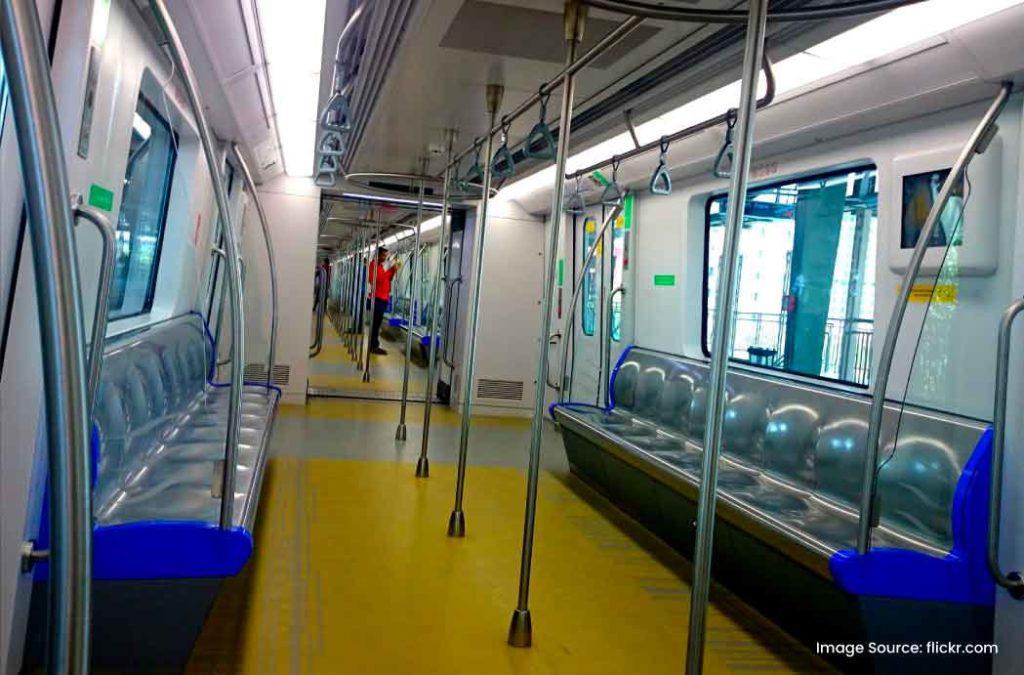
On the contrary, the BEST bus witnessed a decline from 35 lakhs to 33 lakhs due to the convenience of metro travel. Mumbai Metro 2A monthly ridership is estimated to be 35,88,870 commuters.
Most commuters talk about the frequency and punctuality of Metro trains, which is not possible for buses or local trains. Similarly, many college-going students rely on metro trains for a safe and sound journey. Even the seasonal change, including rainfall, encourages travellers to choose a convenient mode of transport.
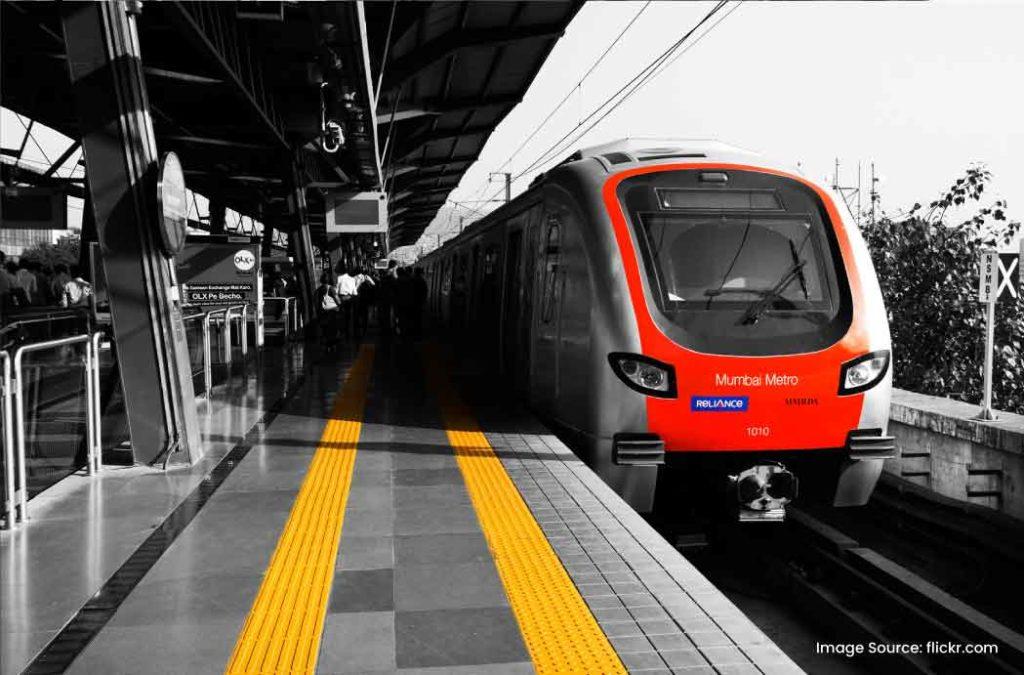
Mumbai Metro is already under the construction phase for new lines. These lines are designed to connect major industrial areas, corporate offices and educational institutions. The interconnection of destinations is sure to increase ridership in the coming years.
Upcoming Metro Lines for a Smooth Commute
Line 2B: D.N. Nagar – BKC – Mandale (Yellow Line)
ESIC Nagar, Prem Nagar, Indira Nagar, Nanavati Hospital, Khira Nagar, Saraswat Nagar, National College, Bandra, MMRDA Office, Income Tax office (ITO), ILFS, MTNL Metro, SG Barve Marg, Kurla Terminal, Kurla (E), EEH, Chembur, Diamond Garden, Shivaji Chowk, BSNL, Mankhurd and Mandale.
Line 3: Cuffe Parade – BKC – SEEPZ – Aarey Colony (Aqua Line)
Cuffe Parade, Vidhan Bhavan, Churchgate, Hutatma Chowk, CSMT, Kalbadevi, Girgaon, Grant Road, Mumbai Central, Mahalaxmi, Science Museum, Acharya Atre Chowk, Worli, Siddhivinayak, Dadar, Shitladevi, Dharavi, Bandra Kurla Complex (BKC), Vidyanagri, Santa Cruz, CSIA Terminal 1 (Domestic Airport), Sahar Road, CSIA Terminal 2 (International Airport), Marol Naka, MIDC, SEEPZ and Aarey Colony (only at-grade station).
Green Line
Line 4: Bhakti Park (Wadala) – Kasaravadavali (Green Line)
Bhakti Park, Wadala TT, Anik Bus Depot, Suman Nagar, Siddharth Colony, Amar Mahal Junction, Garodia Nagar, Pant Nagar, Lakshmi Nagar, Shreyas Cinema, Godrej Company, Vikhroli, Surya Nagar, Gandhi Nagar, Naval Housing, Bhandup Mahapalika, Bhandup, Shangrila, Dr Hedgewar Chowk, Mulund Fire Station, Maharana Pratap Chowk, Thane Teen Haath Naka, RTO Thane, Mahapalika Marg, Cadbury Junction, Majiwada, Kapurbawdi, Manpada, Tikuji-Ni-Wadi, Dongari Pada, Vijay Garden and Kasaravadavali.
Line 4A: Kasaravadavali – Gaimukh
Gowniwada and Gaimukh.
Line 10: Gaimukh – Shivaji Chowk (Mira Road)
Gaimukh Reti Bundar, Versova Chaar Phata, Kashi Mira and Shivaji Chowk.
Line 11: Anik Bus Depot (Wadala) – SPM Chowk
Anik Bus Depot, Wadala Depot, CGS Colony, Ganesh Nagar, BPT Hospital, Sewri, Hay Bunder, Coal Bunder, Reay Road, Byculla, Nagpada Junction, Bhendi Bazaar, Crawford Market, CSMT Metro (interchange with Line-3 / Aqua Line), Horniman Circle and SPM Circle.
Orange Line
Line 5: Kapurbawdi (Thane) – Bhiwandi – Kalyan
Kapurbawdi, Balkum Naka, Kasheli, Kalher, Purna, Anjur Phata, Dhamankar Naka, Bhiwandi, Gopal Nagar, Temghar, Rajnouli Village, Govegaon MIDC, Kongaon, Durgadi Fort, Sahajanand Chowk, Kalyan Railway Station and Kalyan APMC.
Line 12: Kalyan – Dombivali – Taloja
Kalyan, APMC Kalyan, Ganesh Nagar, Pisvali Gaon, Golavali, Dombivli MIDC, Sagaon, Sonarpada, Manpada, Hedutane, Kolegaon, Nilaje Gaon, Vadavali, Bale, Waklan, Turbhe, Pisarve Depot, Pisarve and Taloja.
Line 6: Swami Samarth Nagar – Vikhroli (Pink Line)
Swami Samarth Nagar, Adarsh Nagar, Jogeshwari (W), JVLR, Shyam Nagar, Maha Kali Caves, SEEPZ Village, Saki Vihar, Rambaug, Powai Lake, IIT Powai, Kanjur Marg and Vikhroli (EEH).
Impact on Economic Development and Urban Mobility
The construction of the Mumbai Metro is a significant project that leads to the overall development of the city. The metro has led to an increase in the value of properties as more and more commuters seek housing near the metro stations. It has led to a rise in the real estate industry and attracted investments too! The metro project has also been successful in creating various jobs in the city.
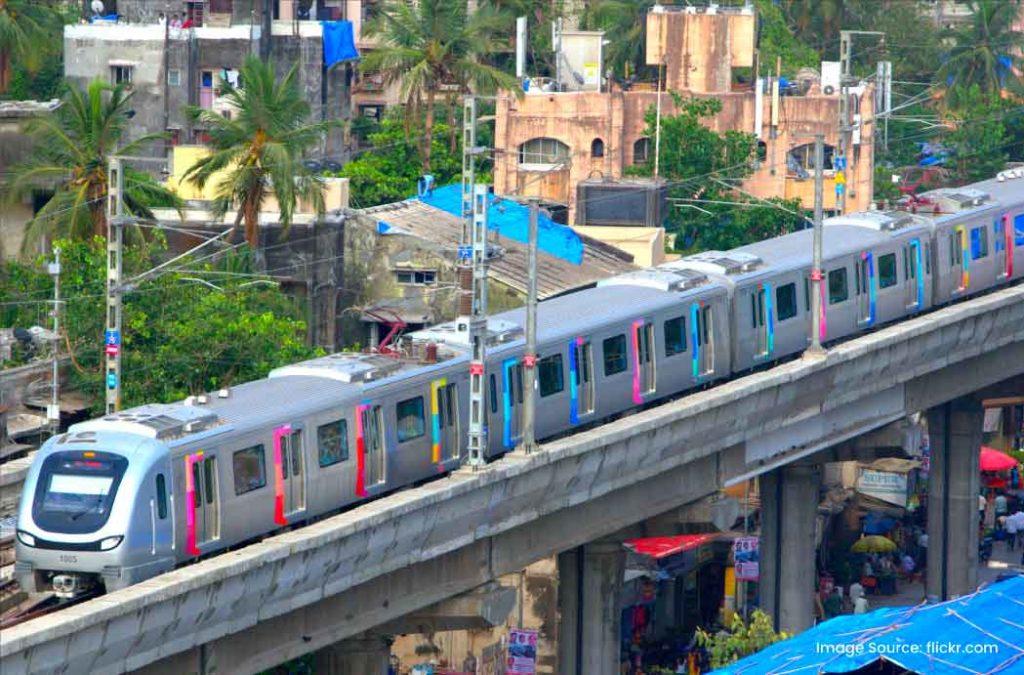
It provides earnings opportunities for labourers required for construction, inspection, engineering and so on. What’s more? Metro trains have reduced traffic congestion by allowing commuters to choose the metro over private vehicles.
The transition from private vehicles to metros leads to a reduction in fuel consumption and its cost. It not only boosts major industries but also local businesses that strive for fast delivery. The connectivity with different parts of the city encourages people to travel and explore, thereby boosting the tourism industry.
As we talk about mobility, Mumbai Metro has completely transformed the way people travel. It offers a fast and reliable mode compared to other transportation systems. It is also a great alternative for commuters willing to travel conveniently. In a city like Mumbai, commuters are definitely willing to pay extra if they can cut their travel time.
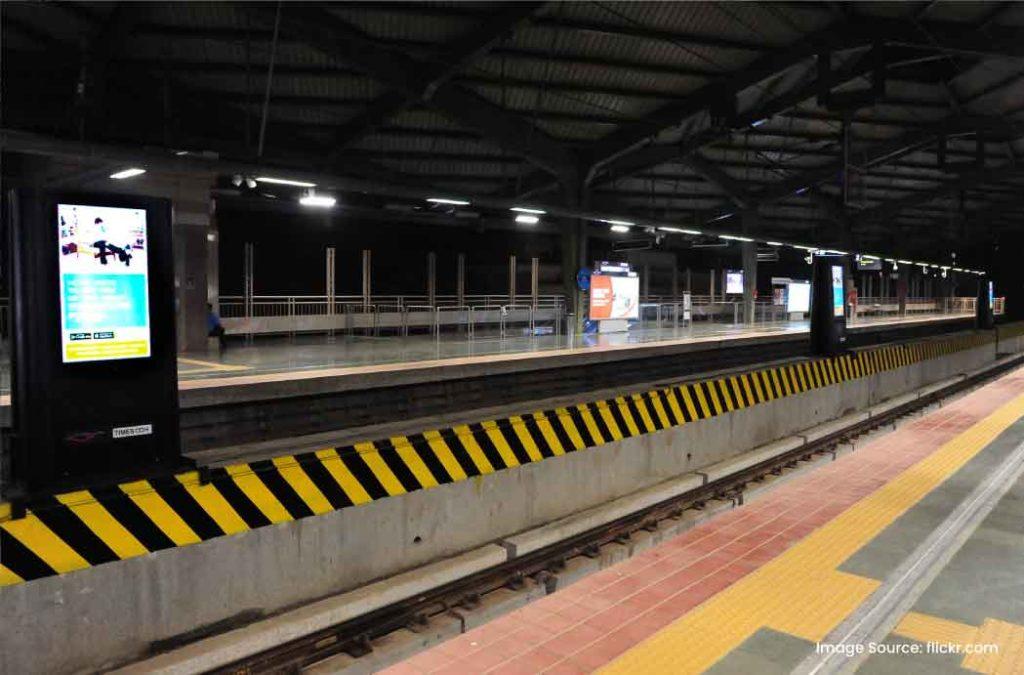
That is exactly why the Mumbai metro is thriving in improving productivity and quality of life. Commuters no longer have to wait for long hours to reach the final destination. Mumbai Metro stations connect the traditional Mumbai markets to the modern Marine Drive, thereby transporting you in no time!
Additionally, it is a sustainable mode that leads to a reduction in carbon emissions. The interconnectedness of Mumbai Metro is a boon for economic development. It connects people and transports talent, thereby making Mumbai an economically vibrant city.
Important Tips for First-Time Mumbai Metro Riders
- Plan your journey well in advance to avoid crowds during the rush hour.
- Always check the Mumbai metro map to understand the operational lines.
- It is a great idea to seek help and understand stations or routes from the experts on the station.
- Arrive before time, as train timings can fluctuate.
- There are different coaches for females, so make sure to look at signs and symbols before boarding the train.
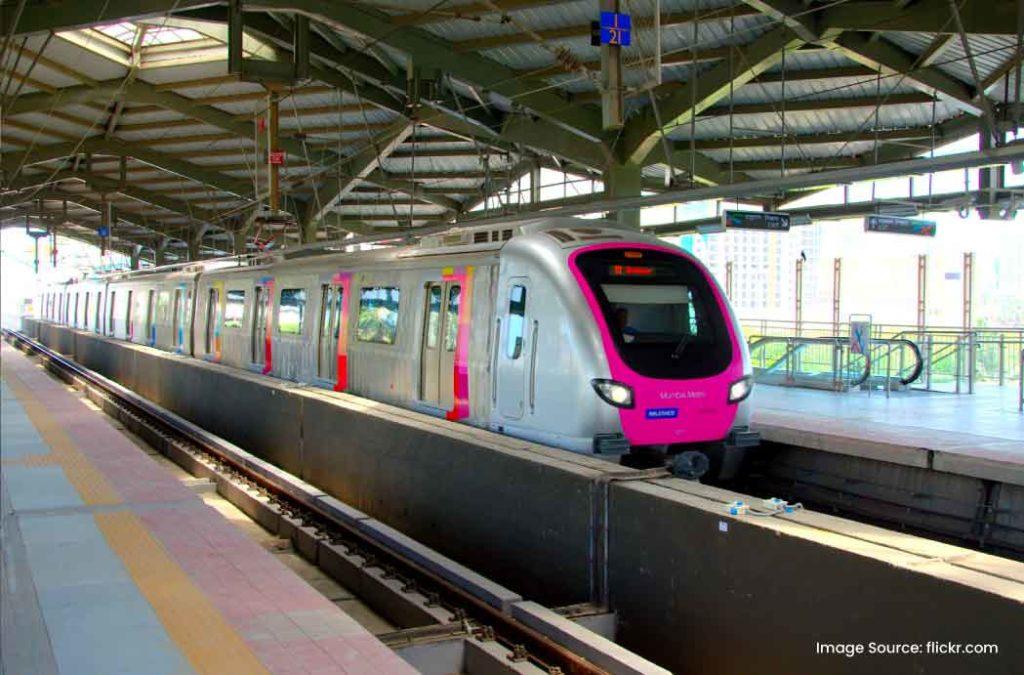
- Do not lose the QR code or the token, as you shall require it again for exiting the destined metro station.
- If the ticket is mentioned for a particular station, you cannot board or drop off at any other station. In that case, the QR code won’t work and you’ll be liable to pay a fine.
- Some people do cross the gap mentioned on the platform. Do not follow such practices and stay at an accurate distance as instructed.
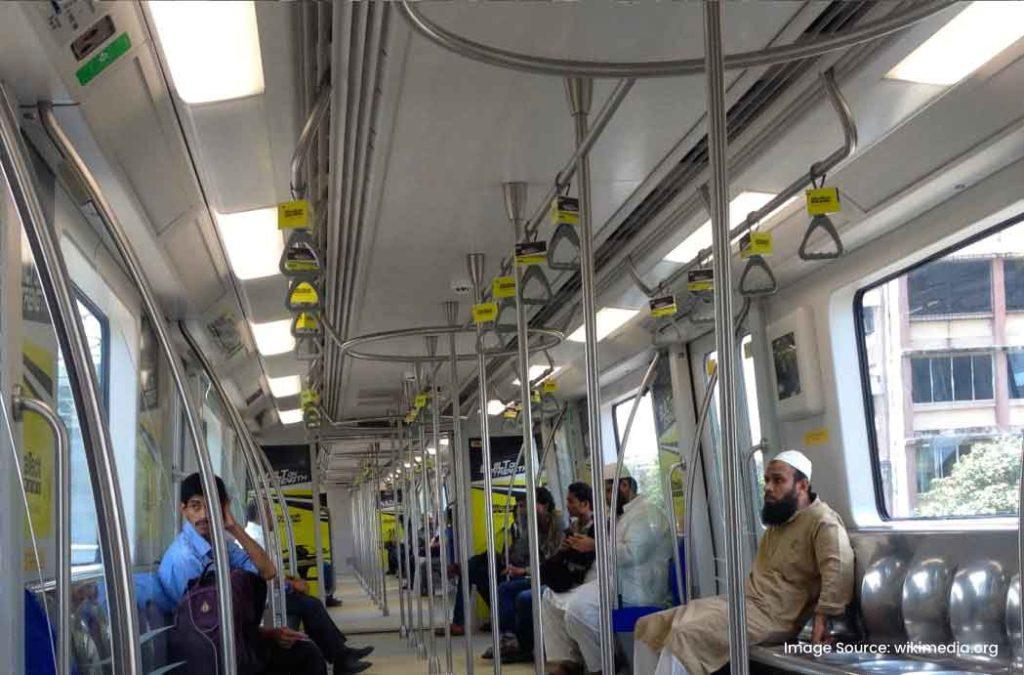
- Read the sign boards carefully to avoid last-minute confusion.
- Eating is not allowed inside Mumbai metro, so do not carry snacks or spoil the area.
- Keep metro trains clean and decently take a seat, if available.
Your Contactless Ticket for Mumbai Metro!
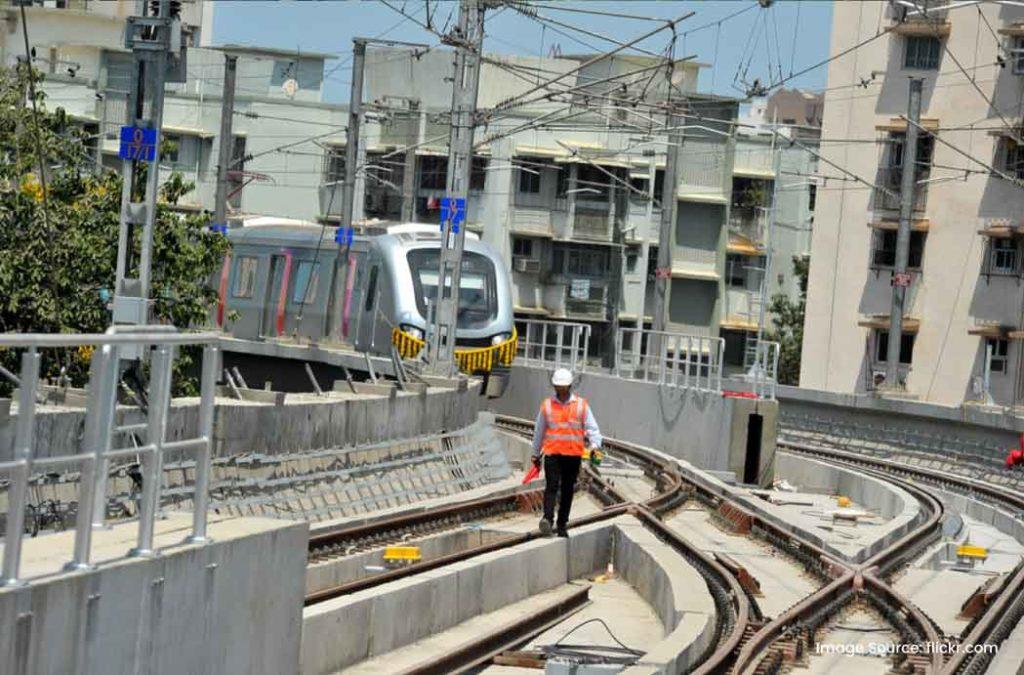
Mumbai Metro is constantly developing with new operation lines, routes and advanced technology. It not only facilitates travel but also helps commuters find a safe way of transport.
The metro lines connect faraway locations, thereby encouraging an exchange of talents and people leading to economic growth of the city. Whether it is a student or an elderly commuter, the convenience of travelling in an air-conditioned coach with great facilities is indeed an experience you would love to have!




















